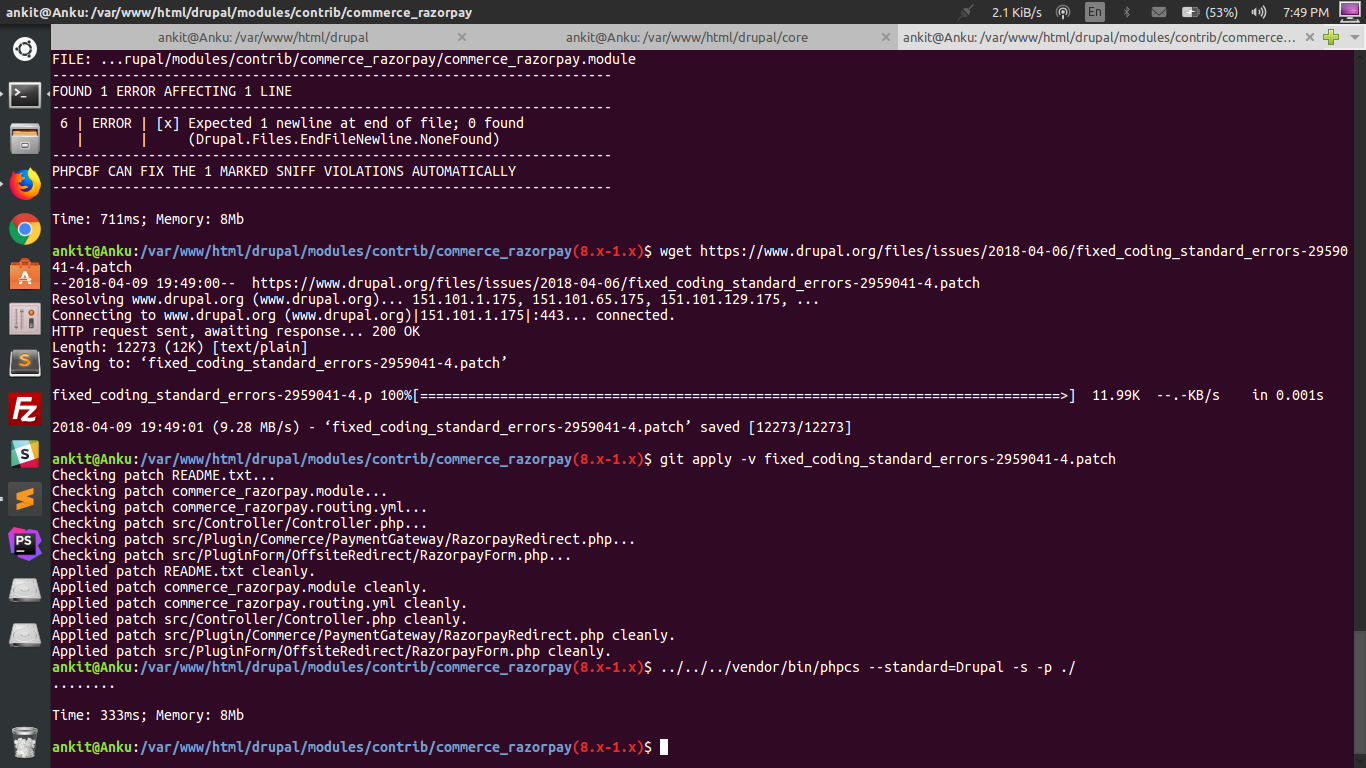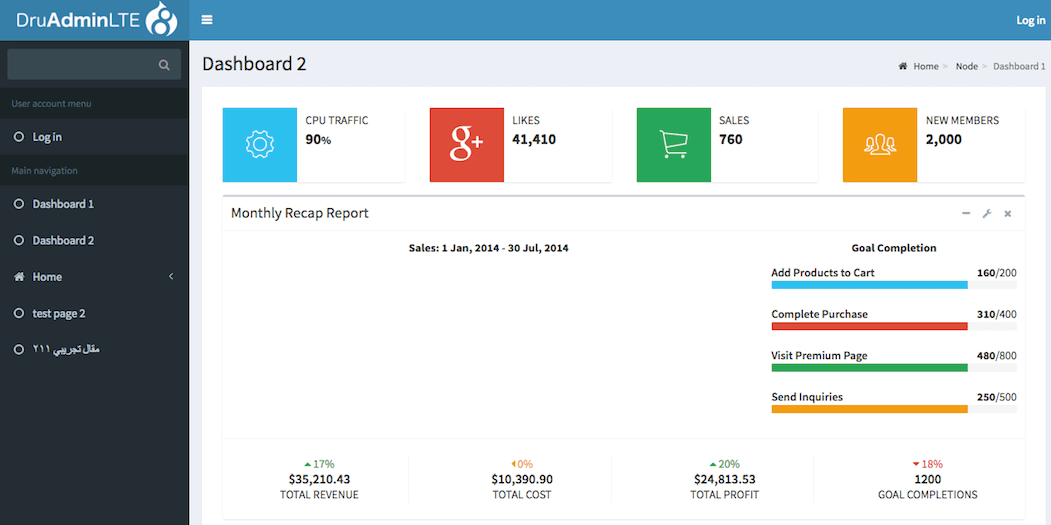

On top of that, content created with Panels is pretty much impossible to efficiently migrate to a newer Drupal version without custom code, and as such the feature was neither well accepted nor further developed. However, during the time of D7, this functionality didn’t fit any of the main user types, as it was somewhat too advanced for basic site building and content creation, and not advanced enough for developers. Panels were very much alike modern-day low-code and no-code tools, even offering WYSIWYG (what you see is what you get) and drag-and-drop editing. In Drupal 7, site builders and editors could make use of Panels to easily create sophisticated and interactive pages. These vary from more basic media assets to more complex interactive components such as forms, a ubiquitous element of the web.Įspecially sought after for site builders today is efficient drag and drop page building functionality, one of the biggest selling points for platforms such as Wix or Squarespace.ĭrupal has long offered a very similar functionality. One of the key pieces of functionality of a no-code / low-code tool is the ability to easily create rich landing pages and insert custom elements into these pages. The Project Browser initiative will enable easy access to and overview of contrib modules to users who aren’t as familiar with developer tooling and processes. One of these initiatives is Project Browser, which aims to greatly facilitate one of the key tasks site builders are faced with when working with Drupal – finding and installing contributed modules.

With each recent major release, however, Drupal’s no-code / low-code capabilities have been improving, with more and more contributed modules passing into core functionality and with several strategic initiatives to make Drupal both more beginner-friendly and more usable for non-technical users. Granted, with earlier versions of Drupal, a no-code approach yielded a very bare-bones result, with only the most basic pages and content types a low-code approach was needed for richer, more complex experiences, where developers enabled additional customization by adding and configuring contributed modules.
#Drupal coders free
With Drupal, the initial setup does require a certain level of technical expertise (as opposed to a CMS such as WordPress, for example), but after the website is set up, non-technical users are free to make custom configuration and create content. Modern no-code and low-code tools are very much like traditional content management platforms, only with a greater focus on site building rather than content creation, and of course taking into account the more complex, multifaceted nature of today’s digital experiences.
#Drupal coders code
In essence, the key feature of a content management system is the ability to create websites and publish content either using very little code ( low code) or no code at all. In this article, we’ll take a deeper dive into the no-code / low-code site building features of Drupal, taking a look at how they have evolved throughout the platform’s history and what current developments are further establishing Drupal as a top no-code / low-code solution.

In a sense, Drupal has thus become the ultimate no-code / low-code tool without ever being marketed as such. As an enterprise-first CMS, it has always strived to cater to less technical users who needed to create more complex digital experiences.Įven older versions of the platform gave a lot of power to editors and site builders, but since version 8, each new release additionally prioritized the experience of this user group.

As our managing director Iztok pointed out in a recent tweet, Drupal’s approach to site building, while long predating the terms “no code” and “low code”, has always been very close to these two concepts.


 0 kommentar(er)
0 kommentar(er)
